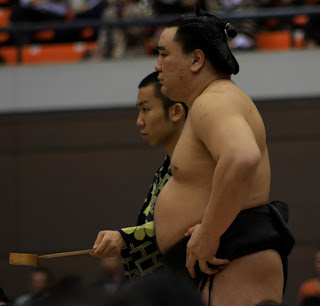Designing your blog:
There is no one right answer for this. Use all your favourite colours and mash them together. Or make a collage of all your favourite photographs. It’s okay if it is all jumbled together, as long as you like it. After all, what is a blog but an expression of your personality?
Writing your first post:
The very first post should summarise the purpose of your blog with a nice, succinct topic sentence. For example, “In the following posts I will explore, examine and elucidate the differences between generic peanut butter and brand name peanut butter.”
Or, “The following posts will be a complete record of my days for all posterity.”
If you are unsure why you are beginning a blog, it is okay to babble aimlessly for awhile. Your readers will appreciate the attempt.
What to write about:
Definitely include every daily detail, including what you ate for lunch. For example, “Today I ate leftover pasta sauce, which I reheated in the microwave. On the other hand, I boiled fresh pasta in a 10 quart pot.”
Meticulous recording of details is especially important if you promised your readers a “complete record.” People want to know exactly what is happening at all times, and appreciate knowing you care enough to include the small things.
If you happen to hit a brain block, it is likely because you forgot your topic sentence. Go back and reread it. If it says, “I am recording my days for all posterity,” then write down what time you took a shower and why you chose to take it then. This will help keep you on track to follow your objectives.
How to Find readers:
Send out a massive email to everyone in your email list. Be sure to leave everyone’s name in the “To:” list, so that everyone knows who is being sent the email; this makes the blog feel more communal.
Be sure to shamelessly self-publicise at every opportunity: phone calls, emails, dinner engagements, business meetings, random people on the street. Everyone wants to know about your blog.
How to Keep Readers:
When writing a blog entry, keep it long. Readers appreciate knowing you spent a lot of time thinking about them.
It’s good to include photos. Lots of them. Similar to writing, document every little detail.
What to do if you missed a few weeks:
It’s okay to skip writing for several weeks. It prolongs anticipation in your readers. The longer you wait to write again, the more anticipation builds up, and the happier they will be when you write again.
When you do come back, though, make sure the readers have something extra long to read...just in case it happens again.


























